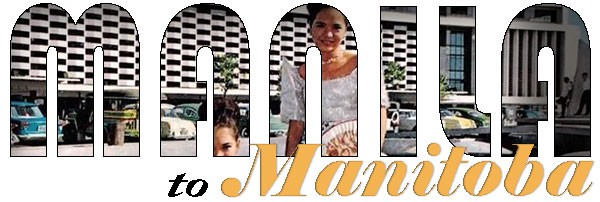 |
| Fig. 1 Francisco Clapera. De Barsino y Mulata, China (From Barsino and Mulatto, China) c. 1790 |
From 1564 to 1565, Spanish explorer Miguel Lopez de Legaspi travelled from New Spain to the Philippines. According to historian Edward R. Slack Jr., this voyage opened up the Pacific Ocean to new maritime commerce between the Americas and Asia. The Manila-Acapulco trade that ensued likely brought my Mexican ancestor to Marikina. Don Santiago Sauza was born in Jalisco, Mexico in 1777. He married Dona Ysabel Berenguer de Marquina y Sumulong, my Irish-Filipino-Chinese great, great, great (great?) grandmother and ruled as a member of the Spanish colonial government in the early 1800s.
I wanted to learn more about my Mexican ancestry. However, a simple Internet search revealed that a love for boxing is about all contemporary Filipinos and Mexicans have in common. Perhaps “Filipino” and “Mexican” were the wrong terms to use. Maybe, if I can get the keywords right I can learn what Don Santiago might have already thought about mixed-race Filipinos like his wife, Dona Ysabel.
To start, the Philippines was never directly ruled by Spain in Europe, but through a separate office in New Spain or today’s Mexico. The Vice Roy of Spain ruled the Philippines; in other words, the Philippine colony was ruled by another Spanish colony. There are few academic sources that explore the movement of native Filipinos to New Spain. However, the galleon trade ensured that the flow of native Filipino sailors, slaves, and merchants settled into today’s Mexico City and its surrounding areas. There were certainly Filipino descendants in New Spain during Don Santiago’s childhood and early adult life.
In Slack’s article, “The Chinos in New Spain: A Corrective Lens for a Distorted Image,” he argues that Filipinos who arrived in New Spain were referred to as chino (male) or china (female) by the vice royalty to distinguish their “Asian-ness.” He depicts their life in New Spain as a necessity to the vice royalty, but a problem to the local people. On the bright side, chinos of any status were allowed to set up small businesses as well as become members of the colonial army. They were able to lead independent, self-sustaining careers that they would not have otherwise enjoyed in the Philippines. On the not-so-bright-side however, they were also targets of xenophobic outrage by the local merchant classes. Chinos were seen as unwanted competition in a concentrated market and often depicted as a race of people out to “sully” the whiteness of the Spanish.
The above image from Mexico’s Casta paintings depicts the chino as a dark-skinned mix of African and Indian ancestry. They were considered an “impure” caste according to Slack. What I found interesting is the formulaic terms the Spanish created to make sense of the racial mixing that took place in New Spain. These formulas make no scientific sense. They only seem to emphasize the need for Spanish purity.
Example of Casta racial formulas (p.58-59):
So, what did my ancestor Don Santiago think of the Filipinos or chinos he met in Marikina? From Slack’s article it would appear that he understood their necessity to the Manila-Acapulco trade. He would have likely understood that they too were a mix of other “inferior” races. If the latter equation above speaks to thoughts on racial inter-marriage, Don Santiago might have also believed that his Mestiza wife was worthy of his union.
Source
Edward R. Slack, Jr. “The Chinos in New Spain: A Corrective Lens for a Distorted Image,” Journal of World History 20.1 (2009): 35-67.
